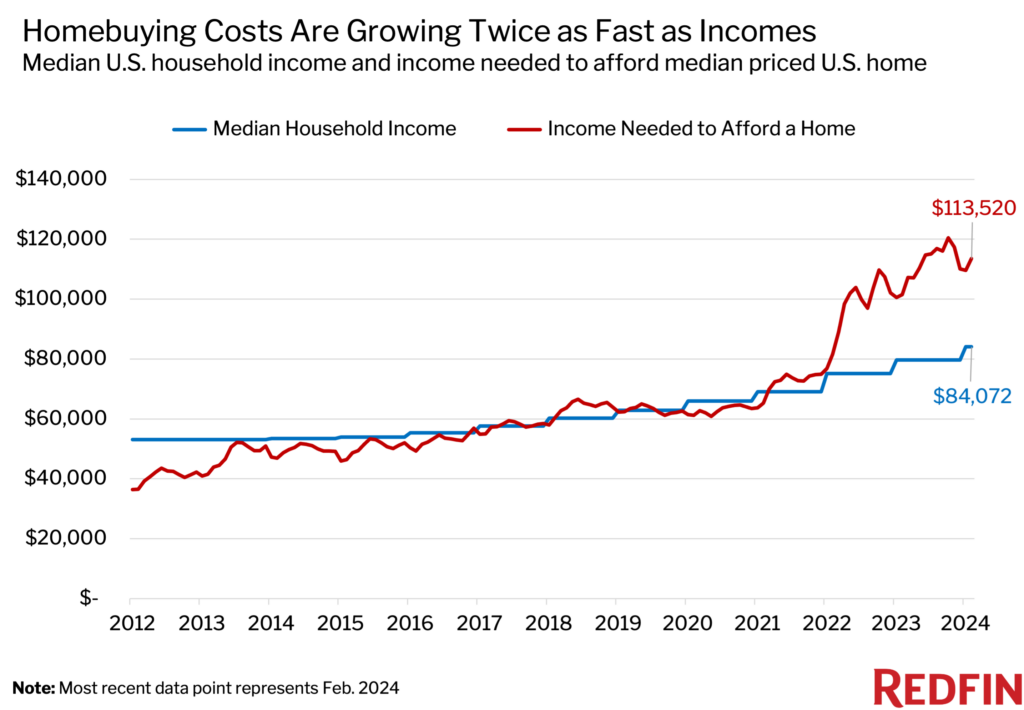Typical Swing State Renter Earns 17% Less Than Needed to Afford Typical Apartment

The article, authored by Lily Katz and Sheharyar Bokhari, discusses the rental affordability crisis in swing states and its implications for the 2024 U.S. presidential election. It highlights that the typical renter household in swing states earns 17% less than needed to afford a median-priced apartment, an improvement from the 21% shortfall during the last election cycle. Despite this improvement, many renters still find rent unaffordable, making housing affordability a crucial issue for voters.
Arizona has seen the most significant improvement in rental affordability among swing states, with the typical renter household earning just 2.6% less than needed to afford the median-priced apartment. In contrast, Michigan is the only swing state where rental affordability has worsened, with the typical renter household earning 16.3% less than needed, up from an 11.2% shortfall during the last election cycle. Pennsylvania faces the worst rental affordability problem, with renters earning nearly 30% less than needed to afford the typical apartment.
The article provides detailed data on median renter household incomes, income shortfalls, and median asking rents for swing states, including Arizona, Georgia, Michigan, Nevada, North Carolina, Pennsylvania, and Wisconsin. It notes that rental affordability has improved due to rising incomes and sluggish rent growth, partly driven by a pandemic homebuilding boom that increased apartment supply.
RedFin Chief Economist Daryl Fairweather emphasizes that housing affordability will be a key issue for swing state voters in the upcoming election. The typical swing state renter is still rent-burdened, spending more than 30% of their income on housing, but the burden has lessened compared to previous years.
The article concludes with a methodology section explaining how the data was collected and analyzed, including the use of U.S. Census Bureau data, Atlanta Federal Reserve data, and rental-market data from Rent.com and RedFin.com.





Start the discussion
Become a member of Crib Metrics - Fresh Housing Market Insights and Analysis to start chatting with our AI Real Estate Market Analyst about the article Typical Swing State Renter Earns 17% Less Than Needed to Afford Typical Apartment
Already a member?